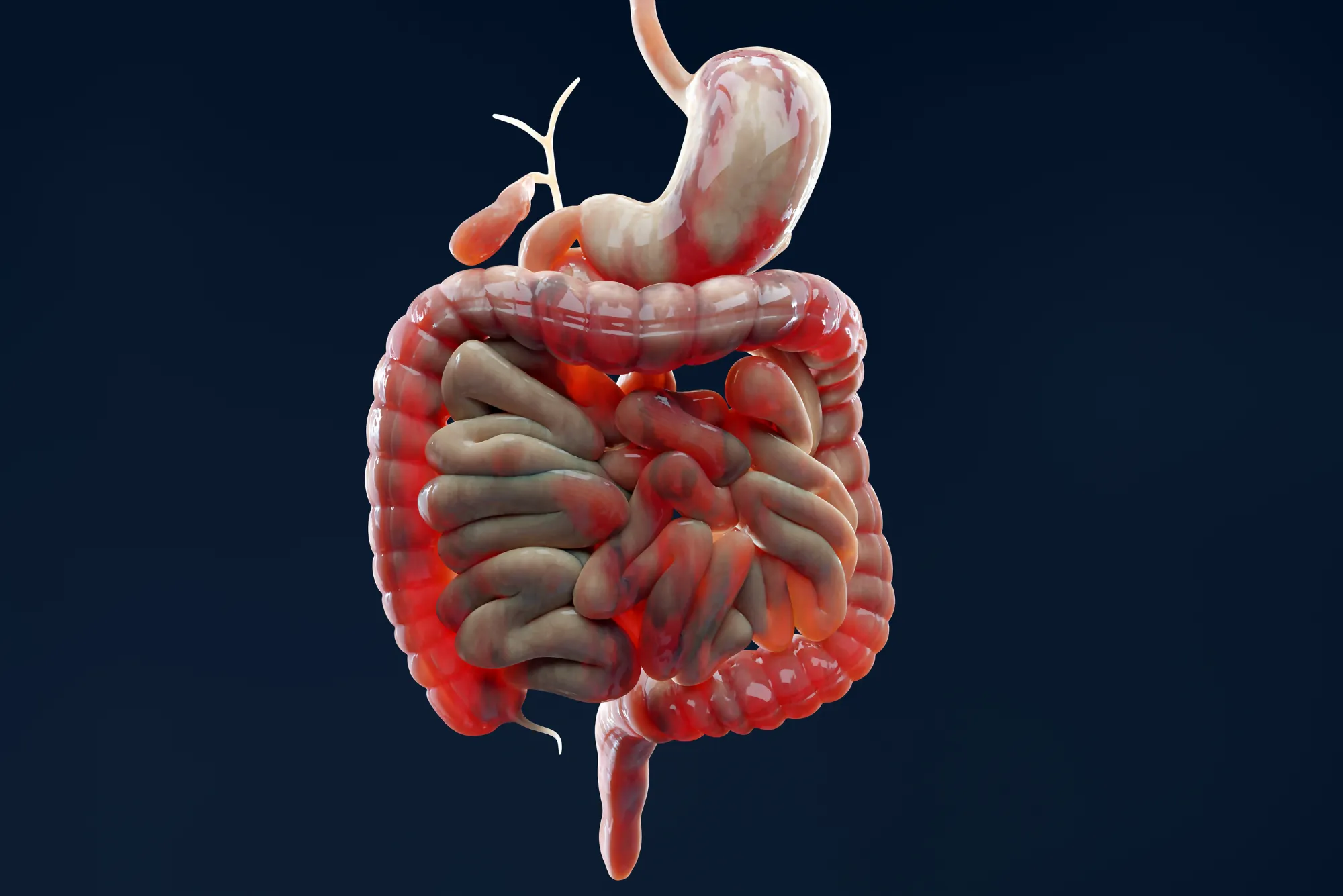The human body is a marvel of biological engineering, and every part has a specific function. However, there remains significant misunderstanding about the female urinary system. For many, questions like “Where does pee come out of a woman?” may seem basic, but they highlight the need for accurate anatomical knowledge.
In this guide, we’ll explore the structure and role of the female urinary system, focusing on the urethra and its location. Additionally, we’ll address common concerns like urine leakage, infections, and how to maintain optimal urinary health. Whether you’re here for educational purposes or out of curiosity, this article will provide all the answers in a detailed and accessible format.
The Female Urinary System: An In-Depth Look at Its Components and Functions
The urinary system in females is a network of organs that work together to remove waste and maintain fluid balance in the body. Unlike the male urinary system, which is integrated with the reproductive system, the female urinary system operates independently. Let’s break down the key components:
The Filtration Units of the Body
The kidneys are two bean-shaped organs located on either side of the spine, just below the ribcage. Their primary function is to filter blood, removing toxins and waste products. These are excreted as urine. Additionally, the kidneys regulate blood pressure, produce hormones, and maintain electrolyte balance.
The Connectors Between Kidneys and Bladder
Urine flows from the kidneys to the bladder through thin tubes called ureters. These tubes are lined with muscles that contract in waves to push urine downward. This process ensures a steady flow of urine, even when lying down.
The Storage Sac
The bladder is a hollow, muscular organ located in the pelvis. It acts as a temporary storage space for urine until it’s ready to be expelled. The bladder can hold about 400-600 ml of urine comfortably, but the urge to urinate is usually felt when it’s about half full.
The Exit Tube
The urethra is the final component of the urinary system, responsible for expelling urine from the bladder out of the body. In females, the urethra is significantly shorter than in males, which has implications for urinary health, as discussed below.
Where Does Pee Come Out of a Woman Location and Role of the Female Urethra
The urethra is a narrow tube located within the vulva, specifically between the clitoris and the vaginal opening. This anatomical placement is often misunderstood, leading to confusion about its exact location and purpose.
Precise Location of the Urethral Opening
- Above the vaginal opening: The urethra is positioned just above the entrance to the vagina.
- Below the clitoris: The clitoris, an essential part of female anatomy, sits above the urethra.
This placement makes it distinct from other parts of the vulva, though its small size can make it harder to identify visually.
The Function of the Female Urethra
The urethra’s sole function is to carry urine from the bladder and expel it outside the body. Unlike in men, where the urethra also serves as a conduit for semen during ejaculation, the female urethra is dedicated entirely to urination.
Common Concerns: Leaked Urine and Its Causes in Women

Urine leaked also referred to as urinary incontinence, is a common issue among women. It’s not only physically uncomfortable but can also affect emotional well-being. Understanding the causes can help in managing and preventing this condition.
Types of Urine Leaks in Women
- Stress Incontinence: This occurs when physical activities like coughing, sneezing, or exercising put pressure on the bladder, causing leakedIt’s often linked to weakened pelvic floor muscles.
- Urge Incontinence: Also known as an overactive bladder, this happens when there’s a sudden and uncontrollable urge to urinate.
- Mixed Incontinence: A combination of stress and urge incontinence.
- Overflow Incontinence: When the bladder doesn’t empty fully, leading to frequent, small leaks.
Factors Contributing to Leaked Urine
- Childbirth: The strain of delivery can weaken pelvic muscles, leading to incontinence.
- Aging: The bladder’s elasticity decreases over time, increasing the risk of leaks.
- Hormonal Changes: A drop in estrogen during menopause can affect the urinary tract.
- Obesity: Excess weight puts pressure on the bladder.
Maintaining Urinary Health: Tips for Women of All Ages
Keeping your urinary system healthy is crucial for preventing infections, leaks, and other complications. Here are some proven strategies:
Hydration Is Key
Drinking enough water ensures the urinary system functions properly by flushing out toxins. Aim for at least 8 glasses of water a day, unless otherwise advised by a doctor.
Strengthen Your Pelvic Floor
Performing Kegel exercises can help tighten and strengthen the pelvic muscles, reducing the risk of urinary leakage.
Practice Proper Hygiene
- Wipe from front to back to prevent bacteria from spreading from the anus to the urethra.
- Avoid using harsh soaps or scented products in the genital area.
Be Proactive About Urinary Tract Infections (UTIs)
Women are more prone to UTIs due to the shorter length of their urethra. Symptoms include a burning sensation during urination and frequent urges to pee. Seek treatment promptly if these symptoms occur.
Empty Your Bladder Regularly
Avoid holding urine for extended periods, as this can weaken bladder muscles and increase the risk of infections.
FAQs About Female Urinary Anatomy and Function
1. Can Urine Leakage Be Treated?
Yes, treatments range from pelvic floor exercises to medications and, in severe cases, surgical intervention.
2. Is Urine Leakage Normal After Giving Birth?
It’s common but not inevitable. Strengthening pelvic muscles through exercises can help restore bladder control.
3. How Can I Prevent UTIs?
Hydration, urinating after sexual activity, and maintaining proper hygiene are effective preventive measures.
Final Thoughts: Understanding the Female Urinary System for Better Health
The female urinary system, while small in size, performs essential functions that impact overall health. Knowing where pee comes out of a woman and how the system works is vital for promoting hygiene, preventing infections, and addressing issues like leaks.
For more engaging educational content, follow Sophieraiin Instagram.
Want to explore additional health topics? Checkout more and enrich your knowledge today.











